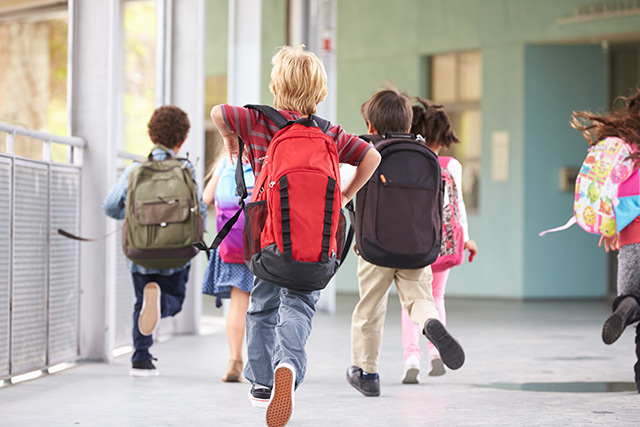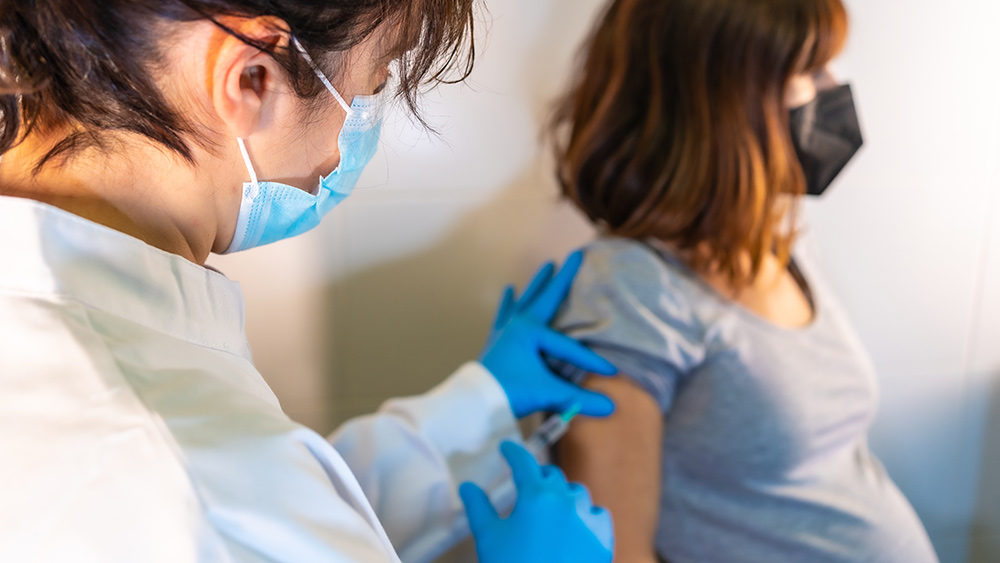The PHYSICAL cost of homework: Excessive backpack weight found to impact posture and contribute to musculoskeletal disorders in school children
12/05/2018 / By Ralph Flores

Homework is a burden for children — physically that is, according to researchers. In a study made by the SRM Institute of Science and Technology (formerly SRM University) in India, they discovered that backpack weight impacts the angle of the neck of school children. The research team believes that backpack weight might be linked to certain musculoskeletal disorders because of its effect on posture. This is true for children within school age, but it can also affect people who indirectly carry the schoolbags — like porters.
In most countries, children go to school carrying their bags on their backs. This is regarded as the ideal way to carry it since weight is equally distributed to both sides of the shoulder. However, earlier studies have pointed out its risks — carrying heavy bags on their shoulders can affect their posture in the head, neck, and trunk. This leads them to maintain a forward-leaning flexion in the neck and discomfort in the long term.
Additionally, this risk affects children with developing skeletal systems. Bone growth starts from childhood and extends until 16 to 18 years of age, but vertebral ossification (the continuous remodeling of the bones in the back) continues well until adulthood. This means that any changes (or deformities) in the posture may have long-term effects.
When children carry heavy school bags, such as the ones they bring home because of homework, the effects of the weight being distributed in the body may lead to some problems not only with ossification but also with bone growth.
For the trials, 200 healthy students were selected to participate. The individuals ranged from nine to 14 years old and were made up of both boys and girls. One key characteristic of the samples was that they walked to and from their schools. Individual height and weight were taken before the study and after they wore their backpacks. The angle of their neck was checked as well, comparing it before and after wearing their bags.

The researchers found that there was a change in the posture of the participants after they wore their backpacks. They linked this change to the effect of the weight of the backpack to a change in the students’ center of gravity. Ideally, the center of gravity is between the feet; however, when a bag is placed, this moves to the back and adds abnormal amounts of strain.
With the results, researchers suggested that if a school child were to carry a backpack, it should be ergonomically designed. Ultimately, limiting its weight would “reduce the immediate and chronic postural changes” that carrying a backpack entails.
Consequently, carrying too much school work at home also adds to the risk of sedentary behavior, according to experts. A study made by researchers from the University Clinical Center Tuzla, Tuzla University School of Medicine, and the Institute of Public Health in Tuzla, Bosnia and Herzegovina concluded that children who spend extended periods of time wearing school bags and sitting during homework have a high likelihood of developing musculoskeletal pain, particularly chronic cases. Researchers reported at least 48 percent of cases of musculoskeletal pain in children aged eight to 12 years old because of the weight of their school bags, as well as sedentary behavior. (Related: Seven Steps to Hassle-Free Homework for You and Your Child.)
Prolonged sitting at home, the study noted, leads to “postural deformities,” especially if the children are not physically active. On average, the study said that children sat for about 1.5 hours seated doing homework. Coupled with poor posture and non-ergonomic design of seats in school and at home, this leads to the child flexing his neck, torso, and back.
Learn more ways to help your child deal with homework by going to Natural.news today.
Sources include:
EJManager.com [PDF]
Submit a correction >>
Tagged Under:
back pain, cervical angle, children's health, excessive backpack weight, musculoskeletal disease, musculoskeletal disorders, musculoskeletal pain, posture, school bags
This article may contain statements that reflect the opinion of the author





















